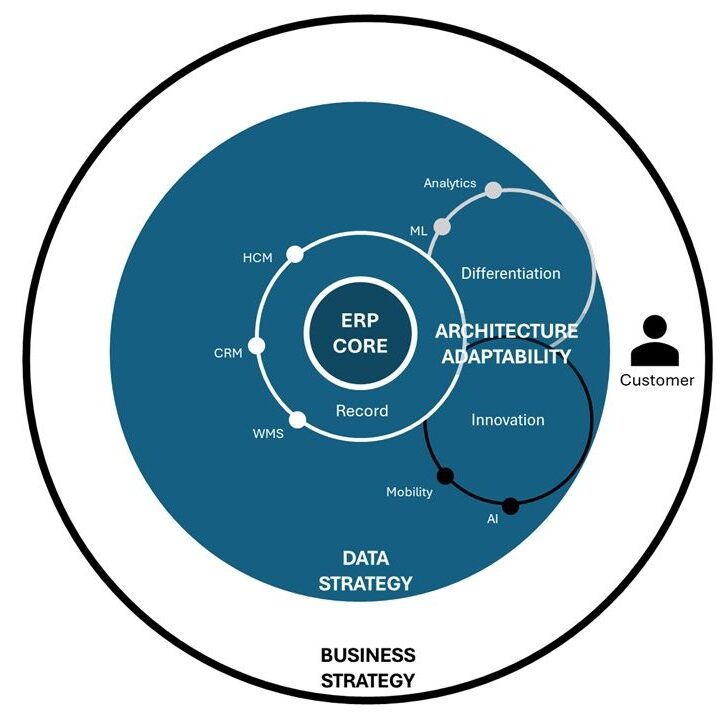Balancing Stability and Innovation in Digital Transformation
- Kevin Boyum
Balancing stability and innovation is one of the most critical challenges for leaders driving digital transformation. Core systems like ERP, CRM, and HCM provide the stability that organizations rely on, but staying competitive demands continuous innovation through custom development, AI and ML.
So how do you manage both? Here’s a framework I’ve used to help organizations align platform stability with scalable innovation:
👉 Start with Business Strategy:
Every transformation starts with clear alignment between business goals and technology investments. Your core systems and innovation initiatives must directly support the outcomes your business is striving to achieve.
👉 Set the Architectural Vision (with Adaptability):
Your architecture must be stable, scalable, and adaptable. A flexible foundation allows you to evolve without disrupting operations, ensuring your ERP and other core systems stay reliable.
👉 Define the Innovation Layer:
Identify where emerging technologies—like AI, ML, advanced analytics—will drive differentiation. Innovation should complement and enhance the value of your core systems, not compete with them.
👉 Build for Integration:
Seamless integration between core platforms and innovation layers is critical. It ensures data flows smoothly, processes align, and the business can realize value quickly.
👉 Foster Innovation Culture:
While stability comes from architecture, innovation thrives in a culture of collaboration and experimentation. Empower teams to explore new ideas and test them against real business challenges.
This balance isn’t just about technology—it’s about aligning systems, strategy, and people to create lasting value.










